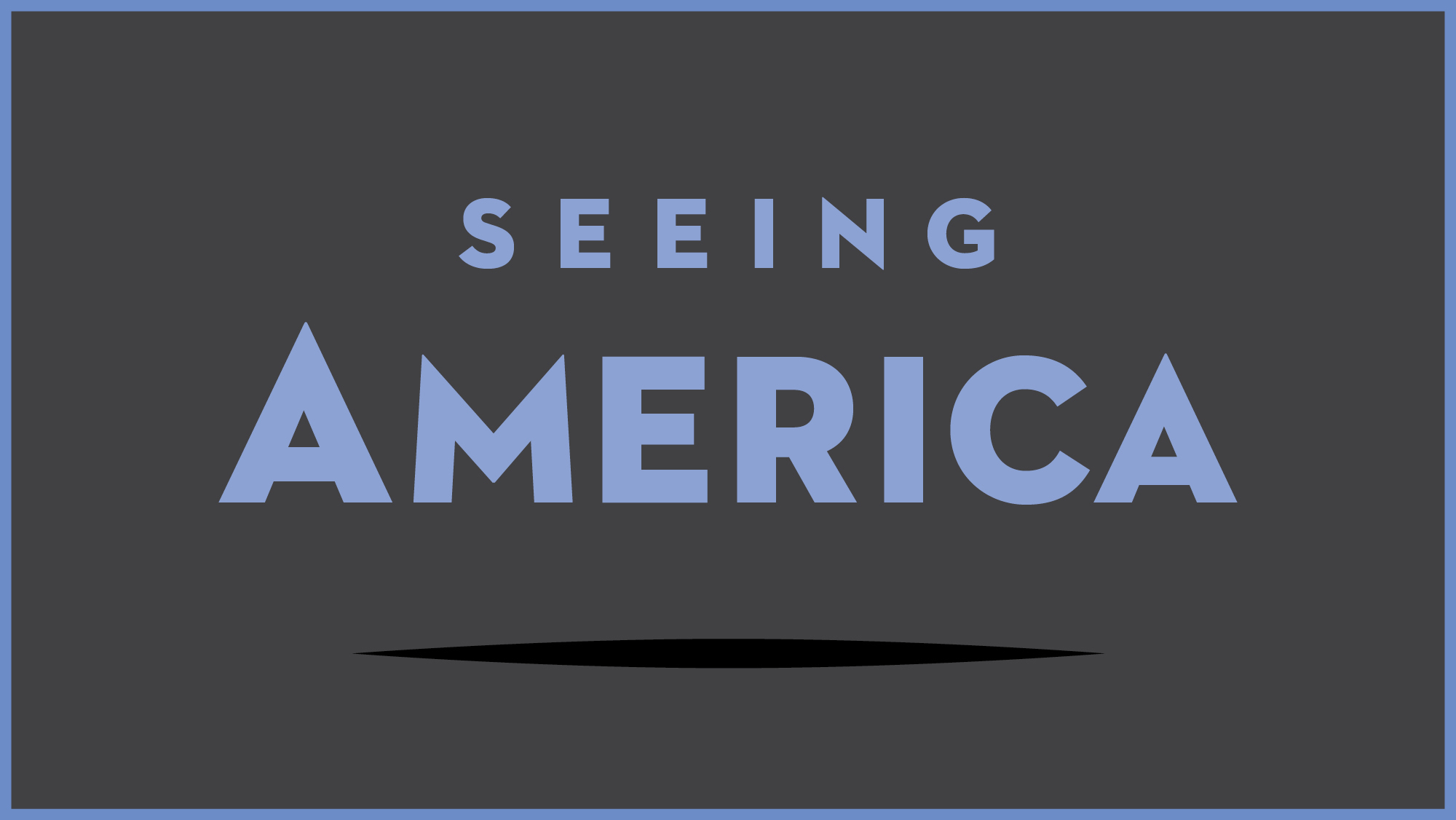Test your knowledge with a quiz
Smith, State Names
Key points
- Adopting the iconic, recognizable shape of the American map but simultaneously obscuring it, Jaune Quick-To-See Smith complicates our understanding of the map and what it represents. She challenges the viewer to reconsider the physical and historical trace of a colonial past by removing the names of states derived from European settlers, highlighting places named from indigenous sources, and obscuring state and national boundaries.
- Smith wants the viewer to realize that maps are political constructs, not neutral documents.
- Smith draws on a range of art historical devices, but updates them to engage with contemporary political issues. For example, the dripping paint (commonly found in Abstract Expressionism) evokes blood or tears when placed against the map, and the black spaces of the oceans suggests an ominous feeling, marking this land as a contested space.
Go deeper
See State Names at the Smithsonian American Art Museum
Jaune Quick-To-See Smith’s artist website
Meet Jaune Quick-To-See Smith video by Smithsonian American Art Museum
Read about the ideological and political implications of cartography (map-making)
View this online exhibition on maps in American culture
Learn more about the history and cultural impact of Indian removal from their native land
Learn about Manifest Destiny and westward expansion in the United States
Learn more about Abstract Expressionism
More to think about
Look closely at Jaune Quick-To-See Smith’s State Names to find the state that you live or have close connections to. What do you notice about how it is depicted in the painting? Discuss with your classmates what you know—or don’t know—about the indigenous people who originally inhabited the region. If you’re not sure, look on this interactive map to help identify the tribe and learn more about their culture and history.



